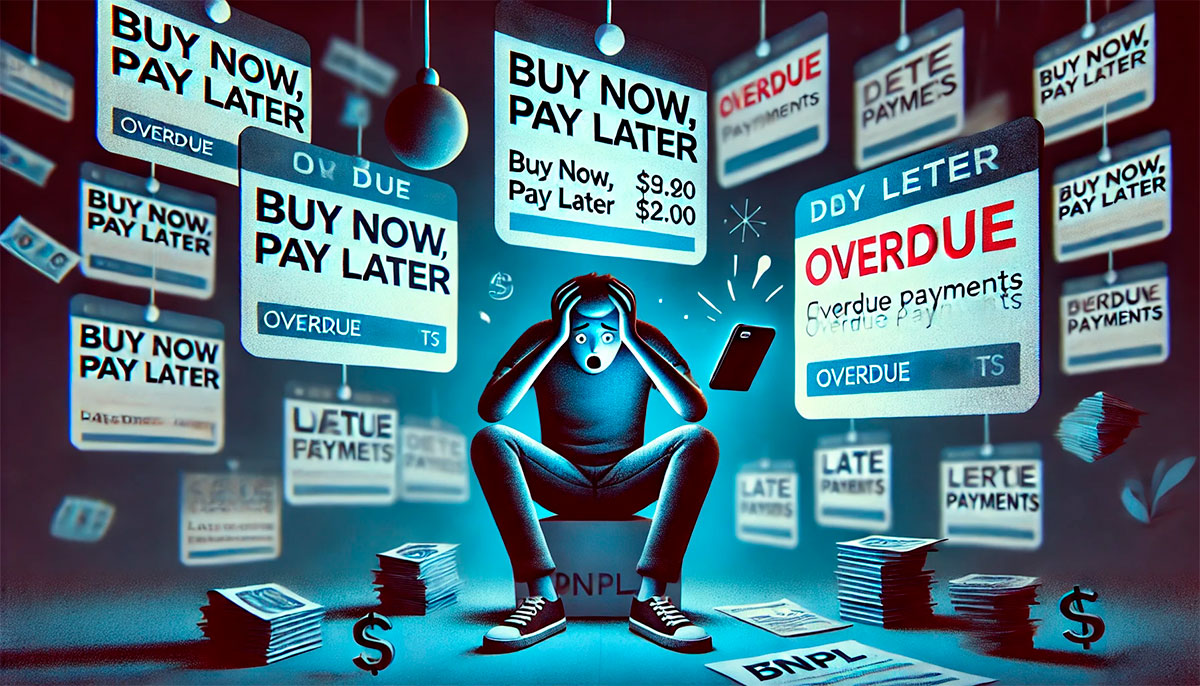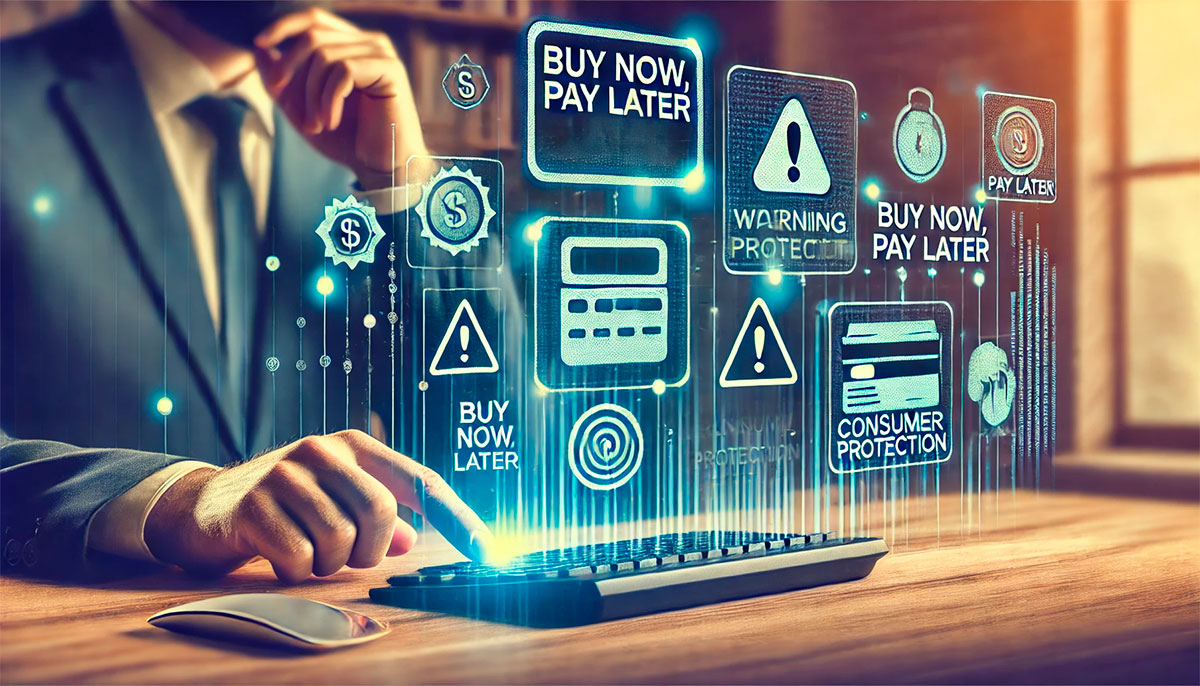
In recent years, Buy Now, Pay Later (BNPL) services have rapidly gained popularity, particularly among younger consumers who are drawn to the flexibility they offer. BNPL allows shoppers to make purchases and pay for them over time, often without interest or fees, as long as payments are made on time. This model has revolutionized the way consumers shop, providing an alternative to traditional credit cards and enabling individuals to access products without the immediate financial burden of full payment. However, while BNPL services may appear to be a convenient solution for managing finances, they come with inherent risks that can lead to financial strain and long-term debt if not carefully managed. In this article, we’ll explore the growth of BNPL services, their benefits, and the potential risks they present to consumers.
The Growth of Buy Now, Pay Later Services
BNPL services have experienced explosive growth in recent years, driven by changing consumer behaviors, particularly among millennials and Gen Z shoppers. As online shopping has surged, so too has the adoption of BNPL options, which are often integrated directly into e-commerce checkout systems. BNPL providers such as Klarna, Afterpay, and Affirm allow consumers to split purchases into smaller, manageable installments, making it easier to purchase items that might otherwise be out of reach or require using a credit card. For many consumers, BNPL services represent an appealing alternative to credit cards, with no interest or minimal fees if payments are made on time.
The simplicity of the BNPL process contributes to its growing appeal. When checking out at online retailers, consumers can choose the BNPL option, select a payment plan (usually in 4 to 6 installments), and make their first payment right away. In some cases, the service charges no interest, while in others, interest is only applied if payments are missed or extended beyond the agreed-upon schedule. BNPL has effectively positioned itself as a low-barrier entry point for consumers who want access to goods but may not have the immediate funds to cover the full purchase cost. This has led to widespread adoption of BNPL across a variety of industries, from fashion and electronics to travel and beauty products.

The Appeal of BNPL: Convenience and Flexibility
The main selling point of BNPL services is the convenience and flexibility they offer. Consumers no longer need to wait until they have saved up enough money to make a purchase. Instead, they can take advantage of immediate gratification and spread the cost over time, often without incurring high interest charges. This can be particularly attractive for shoppers who prefer to keep their finances flexible or those who may have unpredictable income streams, such as freelancers or gig workers.
Another factor contributing to the popularity of BNPL is the accessibility of these services. BNPL providers typically don’t require a credit check, which allows individuals with lower credit scores or no credit history to access financing options. For consumers who are wary of taking on traditional credit cards or loans due to high interest rates or fear of accumulating too much debt, BNPL can seem like an attractive alternative. Furthermore, many BNPL services allow users to track their payments in real-time through mobile apps, which makes it easier to stay on top of finances.
The Risks of BNPL Services
Despite the appeal of BNPL services, they come with significant risks that consumers should be aware of before opting for this payment method. While BNPL may appear to be an interest-free way to break up payments, the reality is that missed payments or late fees can quickly escalate the total cost of the purchase. If a consumer misses a payment or exceeds the agreed-upon payment schedule, BNPL providers often impose hefty late fees or interest charges, which can increase the total amount owed. In some cases, these penalties can be so severe that they negate the benefits of spreading out payments in the first place.
Furthermore, the simplicity and ease of BNPL services can encourage impulse spending, leading consumers to buy items they might not otherwise afford or prioritize paying off. Since BNPL services make it easy to divide payments into smaller chunks, individuals may fail to recognize the total amount they are committing to over time. The result is that consumers may accumulate multiple BNPL agreements for various purchases, leading to a situation where they are juggling numerous installment payments. This can create a vicious cycle of debt, especially if consumers are unable to meet the payment deadlines or have trouble managing multiple obligations.
Another key risk of BNPL services is the potential for late payment reports to affect credit scores. While BNPL services often don’t perform credit checks at the time of purchase, some providers do report missed or overdue payments to credit bureaus. This means that missed payments could negatively impact a consumer’s credit score, making it harder for them to secure financing in the future. As BNPL services become more integrated into consumers’ financial lives, they are beginning to reflect more traditional credit behavior, and missed payments could have long-term consequences on an individual’s financial health.

The Impact on Consumer Behavior
The rise of BNPL has had a profound impact on consumer behavior, especially among younger generations. The ease of using BNPL services can lead to an increase in spending, as consumers feel more comfortable making purchases they might otherwise have postponed. This can lead to a higher level of consumer debt, as shoppers may underestimate the cumulative cost of their purchases when broken down into smaller installments. BNPL services also foster a sense of “spending now, paying later,” which can undermine a more responsible approach to financial management, where consumers save for purchases in advance.
Furthermore, the psychological impact of BNPL is similar to that of credit cards, with the “buy now, pay later” mentality encouraging immediate gratification. While the short-term benefits are obvious, the long-term consequences can be significant. Consumers may find themselves continually taking on new BNPL agreements to manage previous payments, resulting in a growing mountain of debt. As this trend continues, some consumers may begin to feel trapped in a cycle of debt, leading to financial stress and difficulty managing payments across multiple platforms.
Regulatory Concerns and the Future of BNPL
As BNPL services continue to grow, regulators are beginning to take notice of the potential risks associated with these products. In many countries, consumer protection laws are being updated to address the rapid rise of BNPL services and ensure that they are used responsibly. Some regulators are considering stricter regulations, such as mandatory credit checks, interest rate caps, and better transparency regarding fees and penalties, to prevent consumers from falling into debt traps. While BNPL can be a helpful tool for managing cash flow, it’s important for consumers to be fully informed of the terms, risks, and costs involved before making a purchase.
The future of BNPL will likely see continued growth, but with greater scrutiny and regulation to ensure that the service remains beneficial for consumers without leading to irresponsible borrowing or financial distress. As consumers become more aware of the risks, the demand for more transparent and responsible BNPL services may rise, pushing companies to adopt more consumer-friendly practices.
Conclusion
BNPL services have revolutionized the way consumers approach purchasing, offering a convenient and flexible way to make purchases without paying upfront. However, as with any financial product, BNPL comes with its own set of risks. Consumers must be mindful of the potential for impulse spending, late payment fees, and the overall impact on their financial health. By using BNPL responsibly, understanding the terms and conditions, and being aware of the risks involved, consumers can make the most of these services without falling into the trap of excessive debt. As the popularity of BNPL continues to rise, both consumers and regulators will need to strike a balance between the convenience of these services and the long-term financial well-being of individuals.


